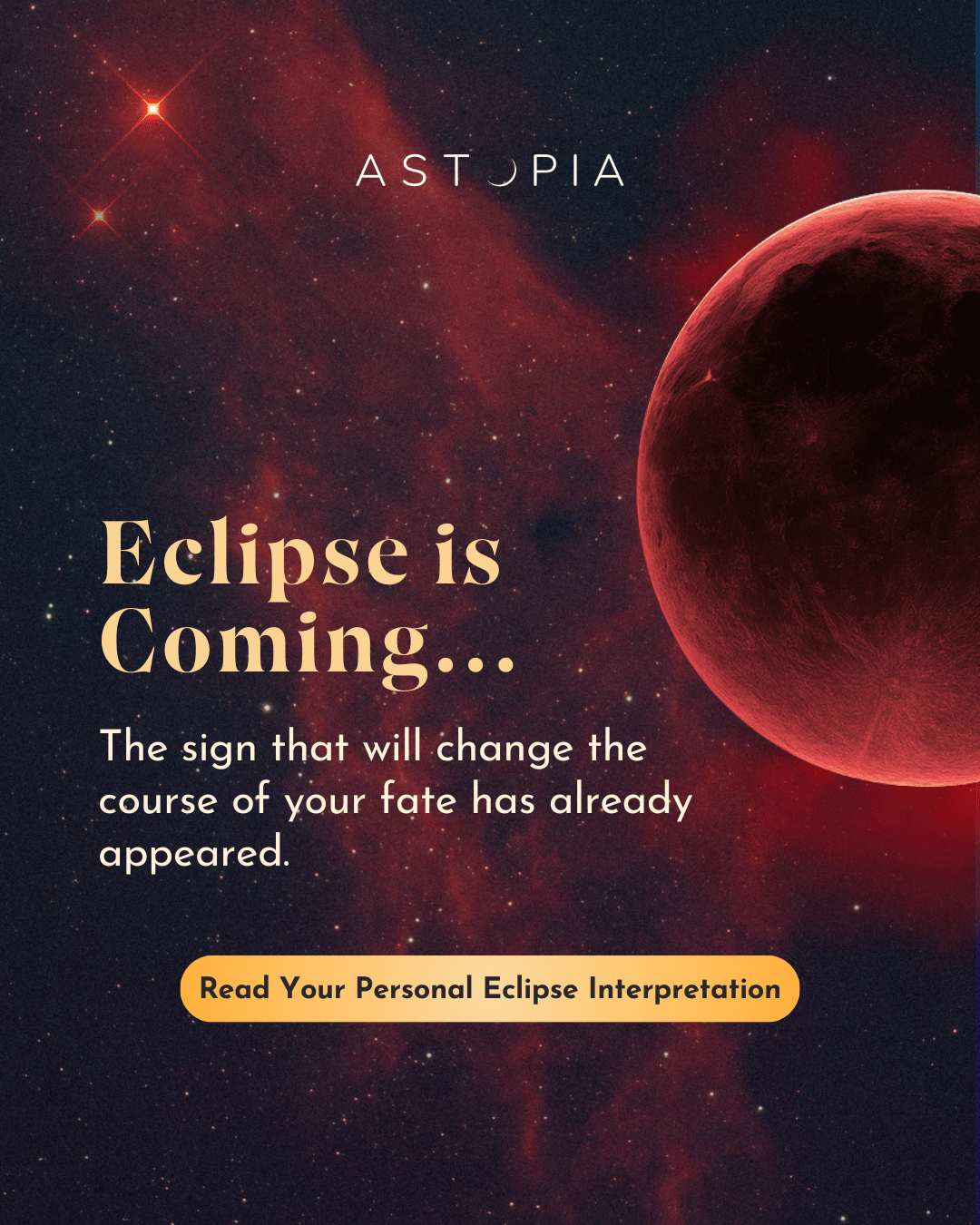
1/11/2024
Author: Astopia TeamThe Effect of Sirius Solar Conjunction
The star Sirius is known as one of the brightest stars in the sky, and its conjunction with the Sun is a matter of great curiosity in terms of both astronomy and astrology. The Sirius Sun conjunction is the perfect time to increase your spiritual awareness and strengthen your inner guidance. This impressive celestial event holds an important place in both the world of science and mystical beliefs. So, what is this conjunction and what effects might it have on humanity? What might it mean to you? Here is a journey to the mysterious world of the Sirius Sun conjunction.
What is the Sirius Solar Conjunction?
Sirius Sun conjunction is the moment when the Sun and the star Sirius align on the same ecliptic longitude in the sky. This phenomenon is observed as a situation where Sirius is behind the Sun when viewed from the earth. This conjunction is considered an important event in astrology and astronomy and carries different meanings in different cultures. This unique phenomenon is a remarkable phenomenon both in the study of celestial movements and in astrological interpretations.
The Importance of Sirius in Astrology and Mythology
In astrology and mythology, Sirius represents much more than an ordinary star. Here are some important aspects of Sirius:
- Sirius in Ancient Egypt: In ancient Egypt, Sirius was a symbol of fertility and the overflow of the Nile River. The flooding of the Nile made the continuation of life possible by creating the fertile soil necessary for agriculture.
- Sirius in Greek Mythology:In Greek mythology, Sirius is depicted as the dog of Orion the Hunter and represents the hot days of summer. Therefore, this period was called "Dog Days".
- Astrological Meaning: In astrology, Sirius is considered a symbol of brightness and light. The energy of this star is associated with great achievements and spiritual awakenings.
- Spiritual Dimension:Sirius is associated with spiritual awakening and reaching a higher level of consciousness. This star is believed to have the power to unlock deep insight and creativity.
These features of Sirius have made it more than just a celestial body, creating a deep impact and meaning in different cultures throughout human history.
Astronomical Aspects of Sirius Solar Conjunction
The Sirius Sun conjunction is an important event in astronomy and has many interesting features:
- Astronomical Location:Sirius is one of the closest stars to our Solar System and therefore attracts attention with its brightness. Its conjunction with the Sun can be seen as the merging of these two bright celestial bodies in the sky.
- Brightness Change: During conjunction, Sirius' brightness may change. While Sirius's light becomes fainter under the light of the Sun, it becomes more prominent in the night sky.
- Observation Times: The best observing times usually occur during the winter months. During this period, Sirius is located higher in the sky and can be seen more easily.
- Ecliptic Nearness:Sirius is located very close to the plane of our Solar System, allowing it to approach the Sun relatively recently.
- Features of the Star: Sirius is a double star system and consists of two components known as Sirius A and Sirius B. Sirius A is a bright star visible to the eye, while Sirius B is a fainter white dwarf.
With these astronomical features, the Sirius Sun conjunction is more than just a part of the sky, it provides an exciting and informative experience for observers. This event increases curiosity about the sky and admiration for the size of the universe.
Astrological Perspectives on Sirius Solar Conjunction
The Sirius Sun conjunction is also interesting from an astrological perspective in various aspects:
- Energy and Impact: The energy of this conjunction is often associated with renewal, growth and enlightenment. In astrology, the conjunction of Sirius with the Sun is seen as the trigger of new beginnings and important transformations in the lives of individuals.
- Cultural and Mythological Context:Sirius has had an important place in many ancient cultures. In Egyptian mythology, the rise of Sirius was linked to the flooding of the Nile River and agricultural fertility. Astrologically, the conjunction of this star with the Sun is considered a symbol of fertility and renewal.
- Personal Comments:In individual astrological charts, the impact of the Sirius Sun conjunction may vary depending on its placement in the individual's natal chart. These effects can be interpreted as personal development, spiritual awakening and important turning points in different areas of life.
- Effect on World Events:It is believed that this conjunction also has an impact on events around the world. It is thought that social, cultural and political changes may accelerate during this period.
- Usage in Astrological Studies: Astrologers can use the Sirius Sun conjunction for personal counseling and general predictions. This activity can offer new perspectives on different aspects of life, providing important insights on an individual and collective level.
Astrologically, the Sirius Sun conjunction marks an important period in the course of life and can be a time of deep spiritual and personal meaning for many people. During the Sirius Sun conjunction, you can meditate or set intentions to attract this special energy into your life. During this period, individuals are encouraged to rediscover themselves and establish a deeper connection with the universe by embarking on a journey into their inner world. Also during this period, thanks to the Sirius Sun conjunction, you can find the courage to make new beginnings in your life.
Observing the Sirius Solar Conjunction
The Sirius Sun conjunction attracts attention as both an astronomical and astrological event. Observation depends on several factors:
- Timing: The conjunction of Sirius and the Sun occurs at certain times. These periods can generally be observed in certain months and days of the year. Astronomical calendars and astrological ephemeris are used to determine these timings.
- Observatory Data:Data provided by professional observatories and astronomers are critical in determining the correct timing of the Sirius Solar conjunction. This information provides the coordinates and time frames necessary to observe the event.
- Tips for Amateur Observers: For amateur astronomers and astrology enthusiasts, there are some practical ways to observe the Sirius Sun conjunction. For example, telescopes and appropriate observing equipment can facilitate this process.
- Cultural Events:In some cultures, the Sirius Sun conjunction is celebrated with special observing events and rituals. These events track the star's rise and position in the sky.
The Sirius Sun conjunction is interesting not only as an astronomical event, but also as an astrological phenomenon. This event provides both a scientific and spiritual experience for people, providing a deeper understanding of the size and complexity of the universe.
Can the Sirius Solar Conjunction Be Observed with the Naked Eye?
The Sirius Sun conjunction cannot be observed with the naked eye. This is due to Sirius disappearing under the bright light of the sun. Sirius can be observed as the brightest star in the sky at certain times of the year, especially at night. However, during its conjunction with the Sun, Sirius becomes invisible to the eye due to the much stronger light of the Sun. For those interested in planetary observations and astronomy, this requires using telescopes and other observation instruments to measure Sirius's proximity to the Sun. So, although it is not possible to directly observe the Sirius Sun conjunction, the astrological and astronomical implications of this event can still be studied and evaluated.
Technological Developments in Observing the Sirius Solar Conjunction
Observing the Sirius Sun conjunction has become significantly easier with the development of modern technology. Telescopes, high-resolution cameras and sky-viewing software allow astronomers and astrologers to study such celestial events in greater detail. Space telescopes and satellite technologies enable clearer observation of the conjunction between Sirius and the Sun, contributing to the astrological interpretations and scientific research of this event. Thanks to technological advances, Sirius's distance from the Sun, its light intensity and interaction are better understood, and this information offers new insights in the fields of astrology and astronomy.
The Role of Sirius in Different Cultures
Sirius is one of the brightest stars in the sky and carries various meanings and roles in different cultures. In some cultures, Sirius is a symbol of gods, ancestors or spirits. In some, Sirius is a power that affects the seasons, agriculture or animals. Below you can find some examples of Sirius' roles in different cultures.
- Ancient Egypt: Sirius was seen as a star that heralded the flooding of the Nile River and brought fertility. Sirius was also considered the eye of the goddess Isis.
- Ancient Greek: Sirius was perceived as a star that was the cause of summer heat and harm to people and animals. Sirius was part of the Dog Constellation, which was also the hunting companion of Orion, the dog of the god Zeus.
- Chinese:Sirius was known as Tianlang, one of the nine empires in the sky, representing the celestial mandate. Sirius was also associated with the shepherd star, the husband of the weaver girl in the interstellar marriage legend.
- Indigenous Australians: Sirius was called the Eagle by the Boorong tribe, the husband of the creator goddess Unurgunite. Sirius was also considered part of the Dingo Constellation by the Yolngu tribe.
- Africa:Sirius was revered by the Dogon tribe as the seat of Nommo, the creator of the world. Sirius was also celebrated as the beginning of the new year by the Bambara, Senufo and Mandinka tribes.
How Often Does Sirius Solar Conjunction Occur?
The Sirius Sun conjunction occurs at a specific time each year. There is a period, usually towards the end of July, when Sirius is at the same ecliptic length as the Sun and is therefore invisible to the eye. The duration of this conjunction may vary slightly from year to year, but it usually lasts a few weeks. Astronomical calculations and astrological interpretations play an important role in determining the exact timing and effects of this conjunction. The Sirius Sun conjunction is an interesting topic for both scientific and metaphysical research, and the cycle of recurrence of this event is an important factor in the understanding and interpretation of celestial events.



